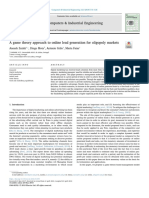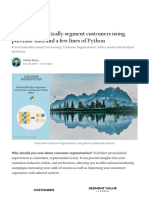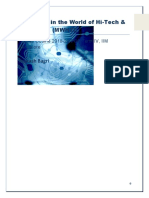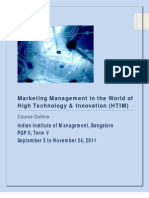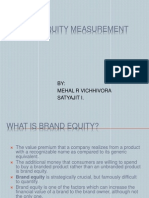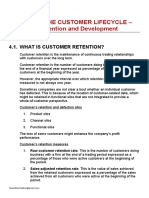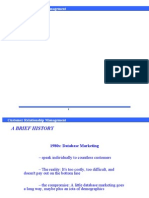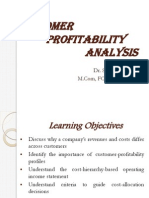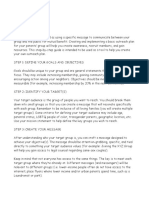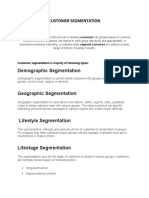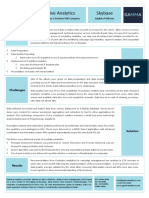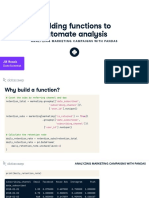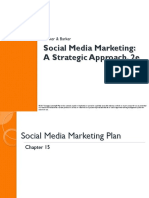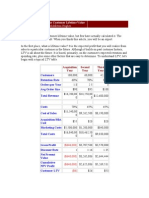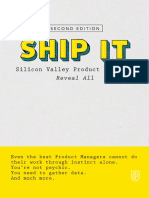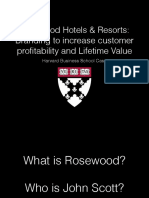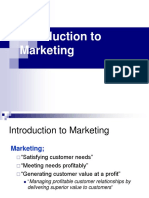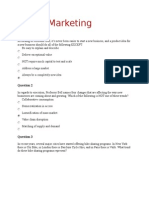0% found this document useful (0 votes)
151 views9 pagesK-Mean Clustering Method For Analysis Customer Lifetime Value With LRFM Relationship Model in Banking Services
Uploaded by
taufik hadrisCopyright
© © All Rights Reserved
We take content rights seriously. If you suspect this is your content, claim it here.
Available Formats
Download as PDF, TXT or read online on Scribd
0% found this document useful (0 votes)
151 views9 pagesK-Mean Clustering Method For Analysis Customer Lifetime Value With LRFM Relationship Model in Banking Services
Uploaded by
taufik hadrisCopyright
© © All Rights Reserved
We take content rights seriously. If you suspect this is your content, claim it here.
Available Formats
Download as PDF, TXT or read online on Scribd
/ 9

